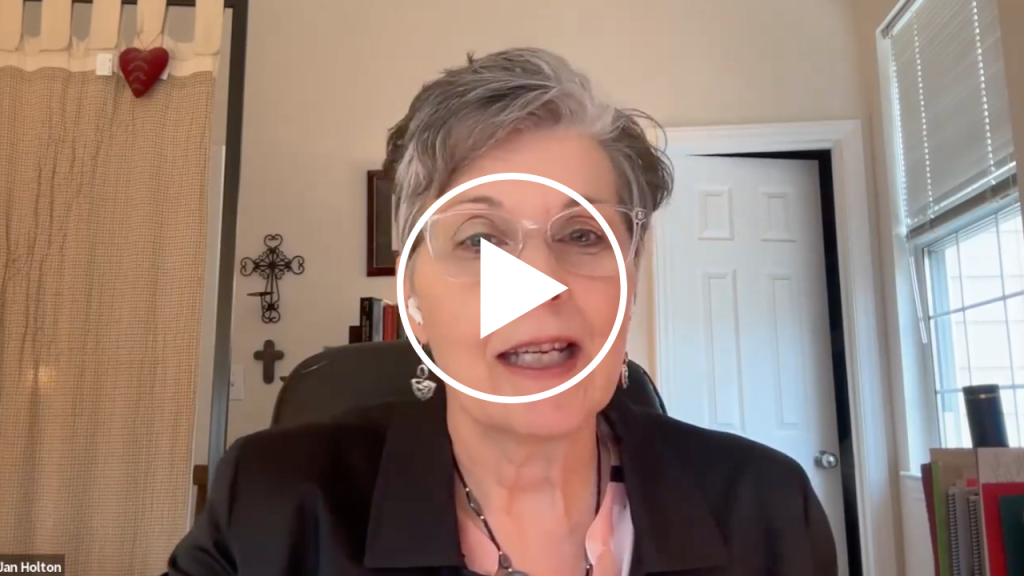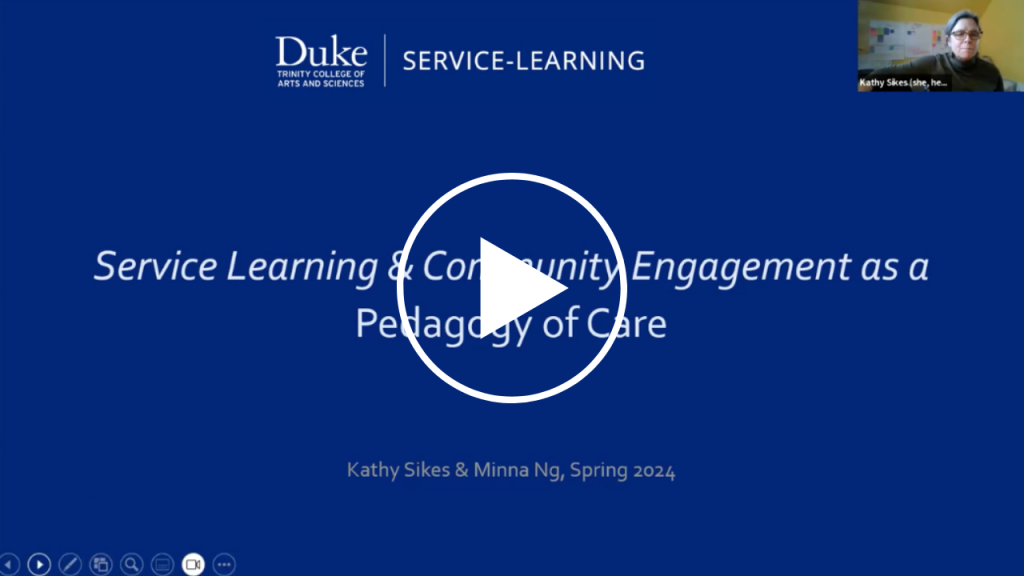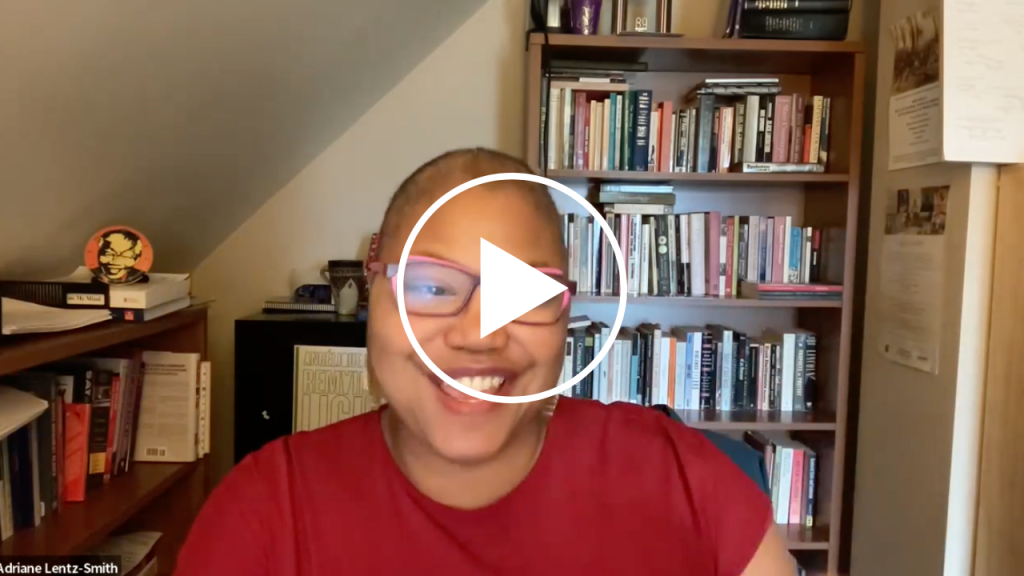Following the inaugural Emerging Pedagogies Summit in October 2023, members of Learning Innovation & Lifetime Education sought to create a Lunch and Learn series that built on the pedagogies of care summit panel. We recognize “pedagogies of care” as a broad umbrella which could encompass many teaching methodologies, including trauma-informed teaching; community-engaged learning; and climate justice pedagogy. Pedagogies of care are the foundation on which other emerging pedagogies must be built, as they direct how we create equitable learning experiences, whether we’re incorporating artificial intelligence or gamification into our teaching.
Instructors across the disciplines at Duke are incorporating different forms of “pedagogies of care,” demonstrating the innovation and attenuation to care at our own institution. During Spring 2024, we were fortunate to host three different sessions:
- In February, Jan Holton and Warren Kinghorn spoke on trauma-informed teaching.
- In March, Minna Ng and Kathy Sikes spoke on community-engaged and service learning.
- In April, Adriane Lentz-Smith spoke on climate care and the Black freedom struggle.
Creating Safe Learning Environments with Trauma-informed Teaching
Divinity Professors Jan Holton and Warren Kinghorn drew on their years-long Bass Connections research project to share with the audience how trauma is a part of the teaching landscape, how trauma impacts student learning, and practical ways instructors use trauma-informed practices to care for their students.
“Often the conversations around trauma and higher education are framed around seeing students as somehow fragile … [we should assume] that students are here, and they’re specifically enrolling in particular kinds of courses because they want to engage hard and potentially distressing material. Students are here to do good, hard work together,” Kinghorn said. “Students need to be able to do that in a way that they can do it … that invites students into that good hard work and not alienates them from it.”
Holton introduced three trauma-informed care principles to begin the discussion: realizing what trauma is; recognizing that trauma can impact all individuals in all places; and understanding how individuals are responding to trauma.
“We have to assume that survivors of trauma are present in every classroom, every lab, interest group, faculty meeting … Assume that trauma survivorship confers strength and wisdom, as well as possible vulnerabilities that come with it,” Holton said.
Holton and Kinghorn shared, as Kinghorn put it, strategies “to equip and empower” learners through establishing:
- Safe environments (predictable, clear, and flexible), which act as the foundation to other recommendations; don’t betray trust by saying an environment will be welcoming if it is not.
- Trustworthiness and transparency (using strength-based language, avoiding shaming language in course guidelines and assessment feedback).
- A learning space to maximize collaboration (work with learners rather than being authoritarian, offering referrals to resources such as for mental health).
- Recognition of socio-cultural contexts and histories and how these impact learners.
- Invitations to students to engage in material through the metaphor of terrain advisory (i.e., avoid the violent imagery of trigger warning) by letting them know the material will be challenging and they might want to rethink how they approach them.
“It’s not just the coursework we have to attend to, but what’s going on in the world. And all we need to do is listen to the news to see how that might be affecting students who identify as LBGTQI+ or students of color or immigrants or first-generation college and graduate students,” said Holton. “Learning not only affects … what’s going on in the classroom with what they’ve been reading, but [when public] events happen, we should expect that those events will have an effect on our students and it will cause difficulty … on how they learn on that day or longer.”
You can learn more about how to integrate trauma-informed principles into your teaching and work by viewing the full video below:

Ethically Engaging with Local Communities through Service Learning
Psychology and Neuroscience Professor Minna Ng and Duke-Service Learning Associate Director Kathy Sikes shared their experiences teaching and researching service learning and community engaged (SLCE) courses to provide a framework to the audience about how Duke instructors can thoughtfully and ethically work with community partners in their courses.
Service-learning courses involve 20 hours of service outreach activities, where course content is directly related to outreach experiences. Relatedly, community-engaged courses have varied community engagement such as tours, guest speakers, or one-time service events. However, as Sikes and Ng describe, both approaches to this pedagogy involve care.
Sikes outlined three main themes for how care theory relates to SLCE:
- SLCE courses should be a true partnership, where stakeholders are involved in all aspects of the project. There should be co-creation of knowledge, reciprocal relationships, and culturally-responsive practices used throughout.
- Instructors and students need to bring asset-based and strengths-based thinking and practices to their interactions with community partners.
- Any scholarship being done with the community should be completely transparent. The community should define or co-define research questions, have access to the data, and be given appropriate credit in publications.
Ng’s service-learning project, “Brain Connections”, asks students to create neuroscience educational activities that are inclusive and culturally relevant. Then, students provide them to grade-school aged children in a YMCA after-school learning program in Durham. During the session, she described the care and work that goes in to making sure this project is a true partnership:
“So what we have to keep in mind is that the community and students are working bi-directionally… And so when I create my assignments, I check them with the youth director, and I find out whether in that semester, are there any changes in the student population that they have?… What science topics are you talking about? Does what we do fit in at all? Do we have to sway a little bit differently? What Spanish speaking population do you have?” She has had both colleagues and students translate activities for these students, emphasizing the care she takes to ensure everyone in the YMCA program is included.
Both Sikes and Ng also emphasized the importance of preparing students for this work and reflecting throughout the work. Preparation may include discussions around power, privilege, and positionality.
Sikes shared how she has had students learn the history of Durham and the historical relationship between Duke and Durham, stating, “We talk about Durham like it’s something outside of us when we [are also a] part of Durham.” Sikes also stated, “We [shouldn’t] send students out into the community just with their intentions. We help them think about [engagement as an intentional part of the academic content].”
You can learn more about SLCE and what students take away from participating in SLCE courses by viewing the full video below:

Connecting Everything to Everything Else with Climate Care and the Black Freedom Struggle
History Professor Adriane Lentz-Smith shared with the audience how she became involved in climate pedagogy, climate’s relation to the Black freedom struggle, and how history can provide a means for us to understand the stakes of our research and teaching.
Dr. Lentz-Smith discussed the interconnectedness of environmental history, racialized power, and climate impact, summarized (by quoting hip and soul artists) as “everything is everything”. She highlighted History colleagues Matthew Shutzer and Hannah Conway whose work on fossil fuel extraction in eastern India and aging infrastructure along the Mississippi Delta demonstrate these intersections, and she discussed how the African American struggle for rights cannot be separated from the impact of climate and environment on communities and bodies. These intersections are more visible when we take a long view, but fostering a historical perspective can be difficult when many people feel overwhelmed by present and pending crises. Still, emphasizing the interplay between past and present can be generative. Lentz-Smith noted it’s important to think historically, rather than letting the present overly influence our thinking. “We ask questions that are formed by our present experiences. Even when we must discipline ourselves not to let the present over-determine the answers to those questions that we’re asking,” she said. “But because different moments produce different experiences, we can return to the past and ask different questions of that past over and over and over again.”
Lentz-Smith followed this by posing questions about the interconnectedness of historical U.S. crises and “natural disasters,” asking, “What do we do when we know that thinking rigorously, both about history and about the environment, requires thinking about histories of white supremacy and inequality in the United States?”
She referenced Andy Horowitz’s book on Hurricane Katrina, which argues that disasters are not isolated events but processes shaped by accrued political decisions and social arrangements. Environmental racism plays a significant role in vulnerability distribution. The world is full of endless interconnectivity and invisible structures. Carefully examining the systems at play, how they came to be, how they have evolved, and how they shape the lived experiences of different communities is a crucial step toward cultivating empathy and compassion in our work.
Knowing that everything is everything, how can we shape pedagogies towards and for solidarity for those who might see issues as their neighbor’s problem? Allowing critical inquiry in the classroom significantly increases the quality of students’ thinking and capabilities of problem-solving. This critical thinking expands one’s mindset to recognize that complex issues are seldom isolated incidents that affect only certain people.
Lentz-Smith used the miner’s canary analogy, stating, “The things that hit disenfranchised communities first are coming for others. They’re just hitting these folks first and might hit them harder on their way to elsewhere.”
We all have a role to play in caring for the well-being of our communities and environment because, in one way or another, we are the neighbors and the elsewhere.
You can hear more from Dr. Lentz-Smith on connecting care, climate, and the Black freedom struggle by viewing the full video below:

Learn More
If you’re interested in learning more about trauma-informed pedagogy, here are some resources to get started:
- Handout from Holton and Kinghorn’s Lunch and Learn session
- Trauma-Informed Teaching – University of Wisconsin, Lacrosse
- Karen Costa’s Trauma Informed Pedagogy Course
- Using Trauma-Informed Teaching to Handle Sensitive Topics in Online Teaching: A Case Study from Divinity – Duke Learning Innovation & Lifetime Education
If you’re interested in learning more about service learning and ethical community engagement, here are some resources to get started:
- Service Learning session slides
- Duke Faculty Service Learning Resources
- Model Service Learning Programs
- North Carolina Campus Engagement
If you’re interested in learning more about climate pedagogy and the Black freedom struggle, here are some resources to get started:
- Ethics of Now – The Kenan Institute for Ethics at Duke University
- When the Levees Broke documentary
- The Cross and the Lynching Tree by James H. Cone
- The Sum of Us, book and podcast, by Heather McGhee
LILE also has a guide on how to Create an Inclusive and Equitable Course, which includes further resources. This guide should not be used as a checklist but as a starting point of how you can rethink your course design.
If you’d like to talk to a LILE expert about pedagogies of care, you can contact us at learninginnovation@duke.edu or visit us during office hours.

